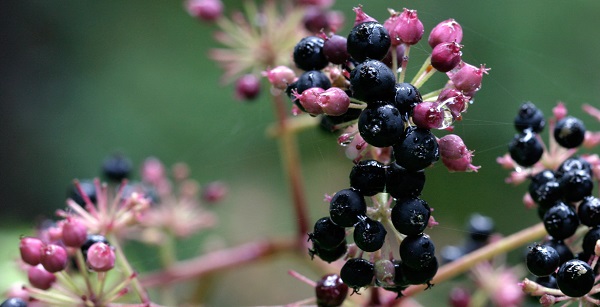FWP:
SETS
CURLS: {14,6}
MADNESS: {14,3}
MUSIC: {10,3}
For background see S. R. Faruqi's choices. This verse is NOT one of his choices; I thought it was interesting and have added it myself. For more on Ghalib's unpublished verses, see the discussion in {4,8x}.
On the distinctiveness of this ghazal, see {211,1}.
It's clear enough that the verse offers an enjoyably interlocking system of wordplay, as the commentators carefully explain. Asi then wraps it up somewhat dismissively: sab murāʿāt-e lafz̤ī haiñ -- aur bas . I love that aur bas ! I'm inclined to agree with him. Even the most elegant tangles of wordplay, if they have hardly any meaning behind them, are low-power work for a poet like Ghalib. (Another such example: {211,7x}.)
Majnun doesn't even spend much time chained up as a madman, in most stories, so even the minimal theme itself seems a bit forced.
For more on 'string' imagery, see {10,12}.

Asi:
sunbulī and ʿamal-e gesū are the names, in music, of two voices or two mouths. And sunbul is also used as a simile for gesū . The idea of the verse is based on this verbal wordplay. He says that the sound of Majnun's chains is , so to speak, a relation of melody; that is, it mingles with melody and is close to it, because it too is a sunbulī-ḳhvān of the memory of the long tresses of the beloved. On the one hand sunbul , gesū-e sunbulī , zanjīr have a relationship; on the other hand rishtah , tār , naġhmah , sunbulī have one as well. All these are verbal wordplay-- and that's it [aur bas]. (261)